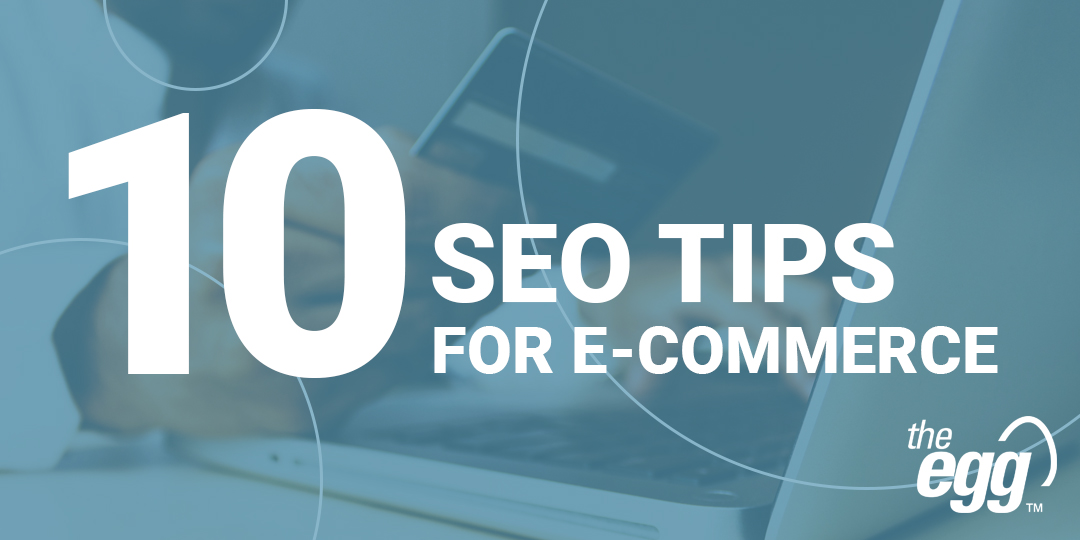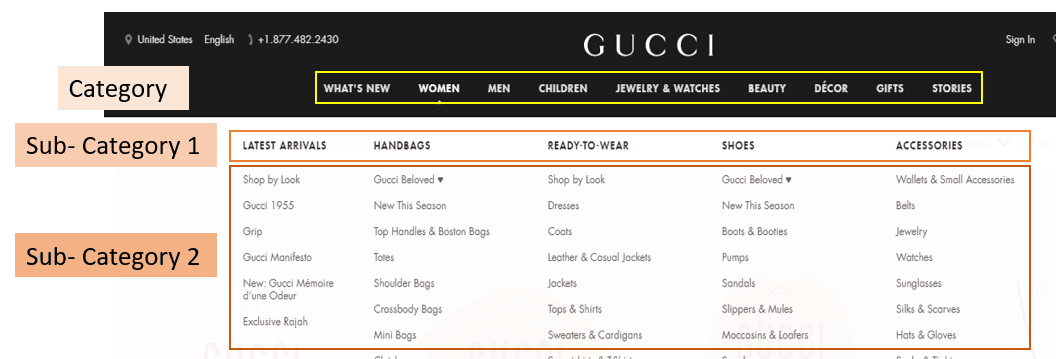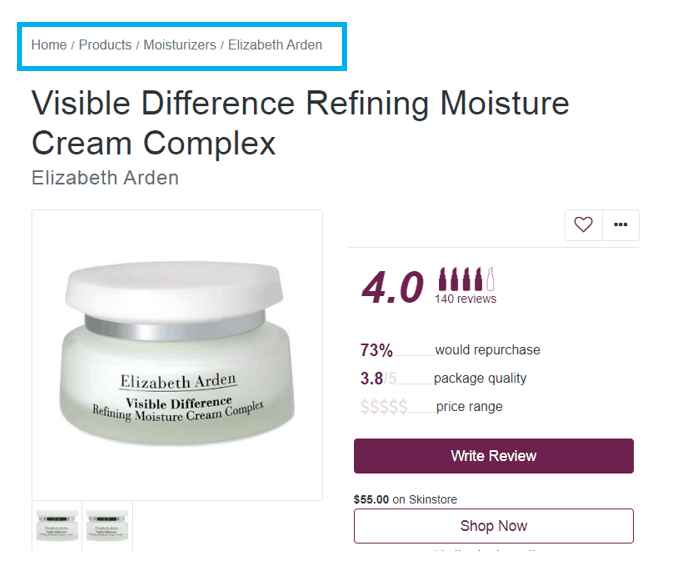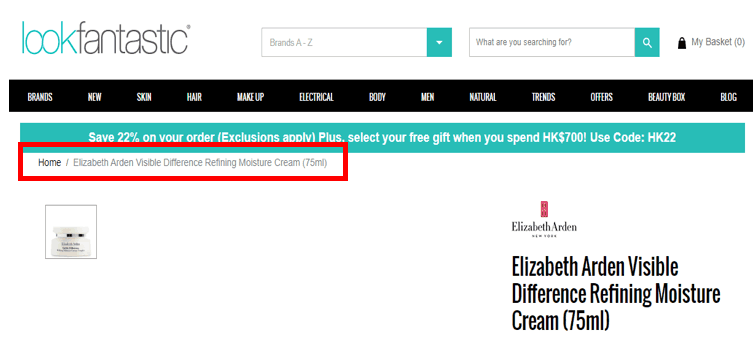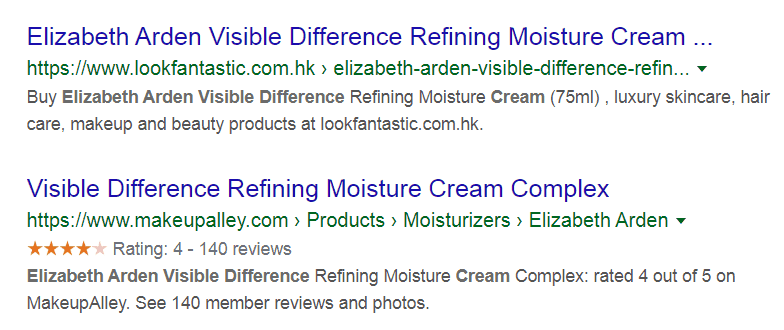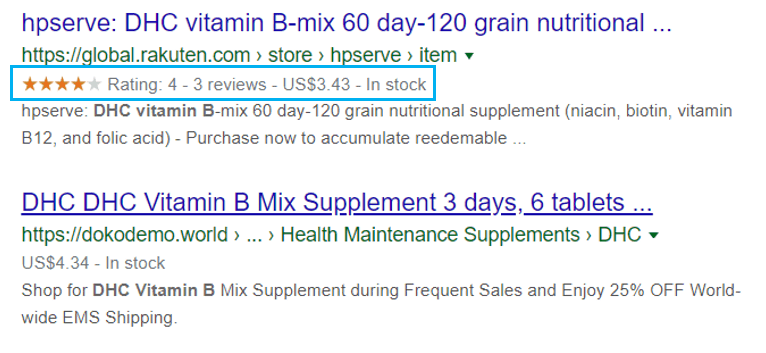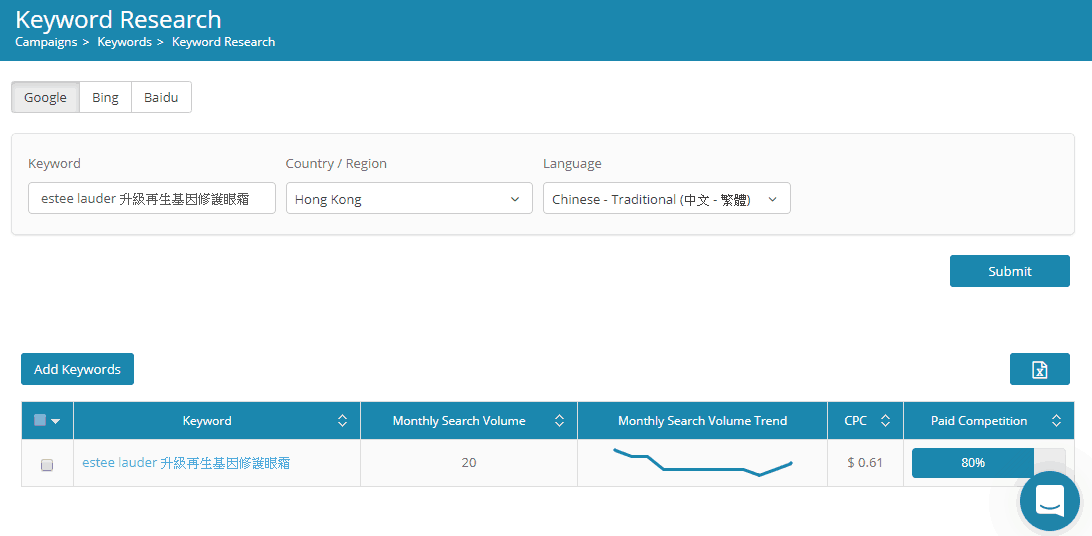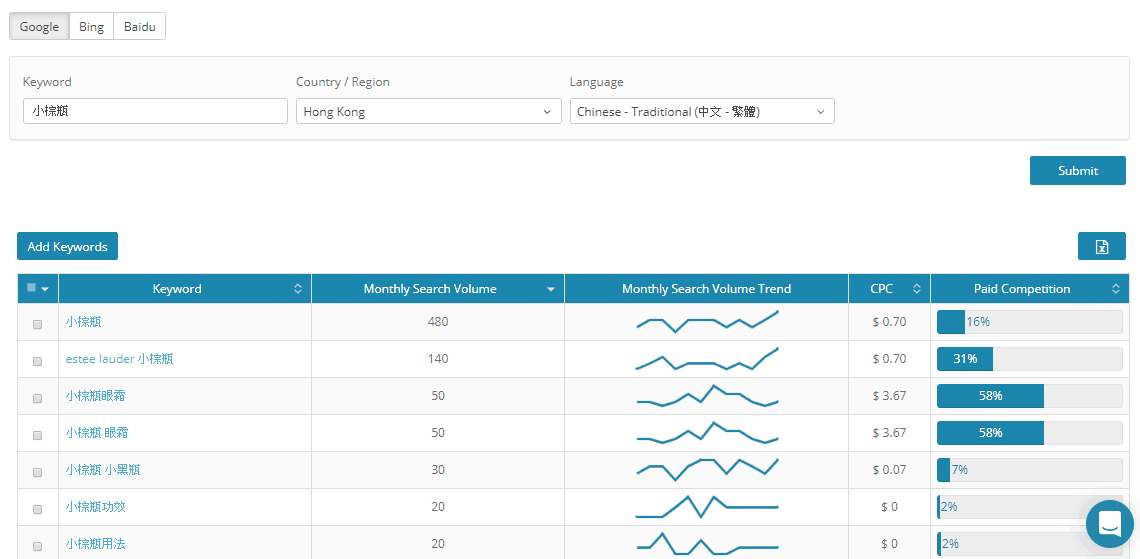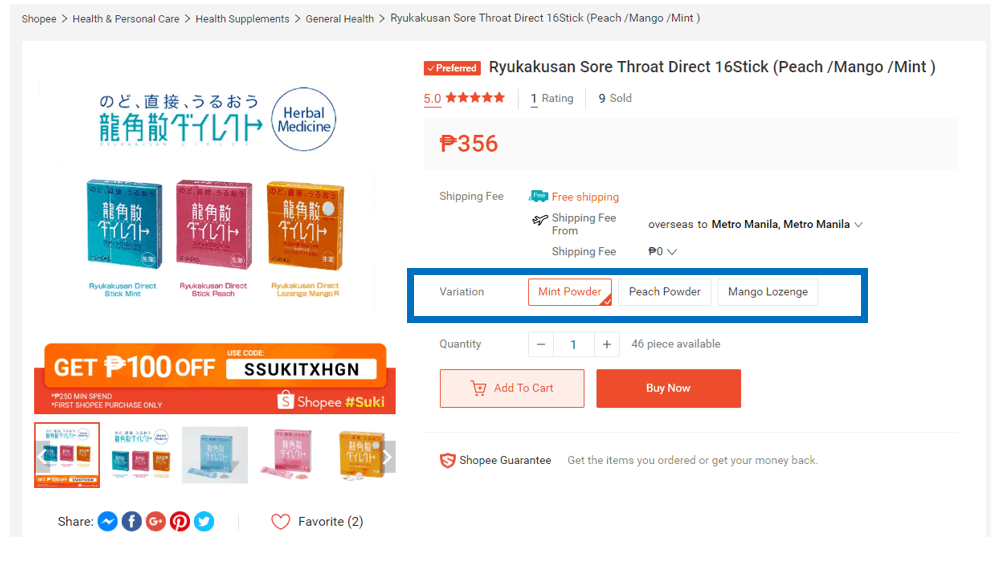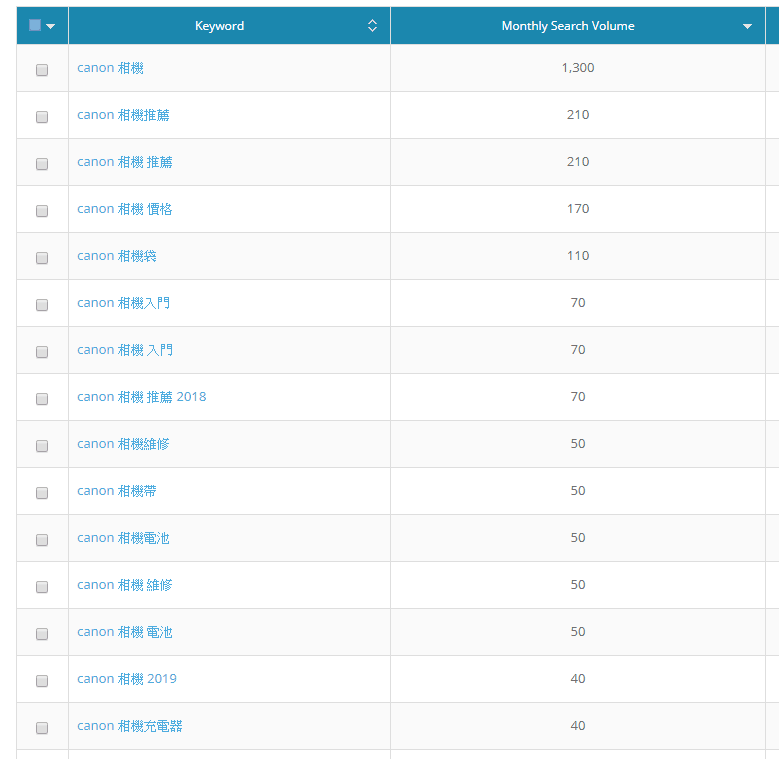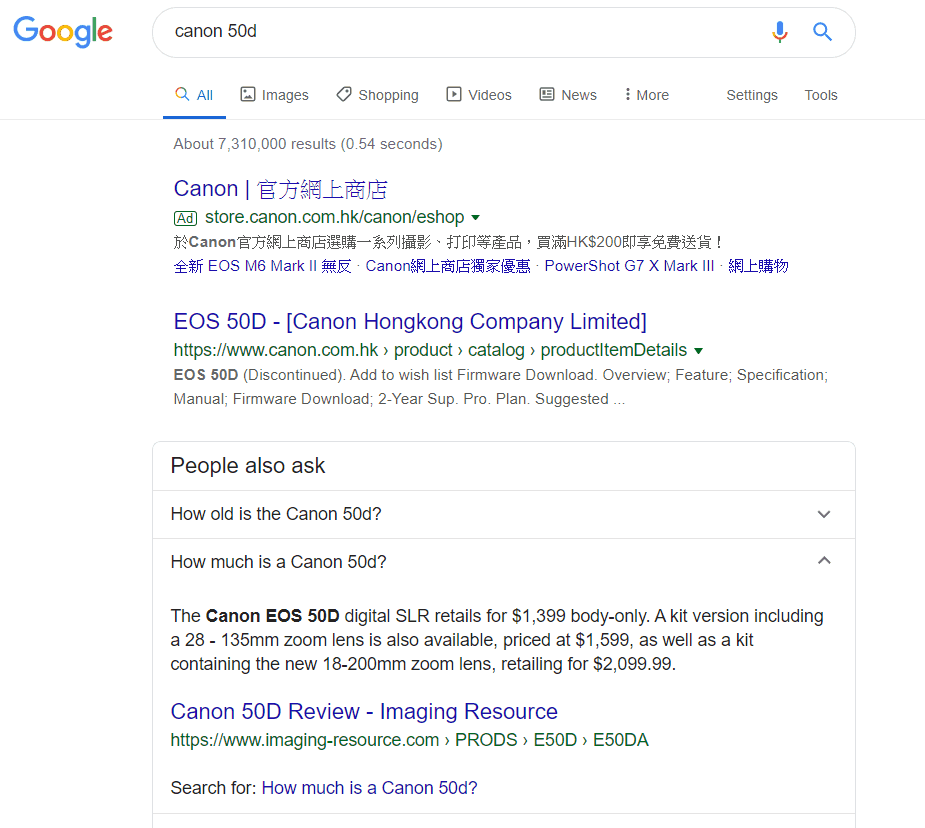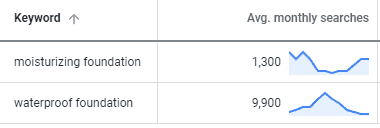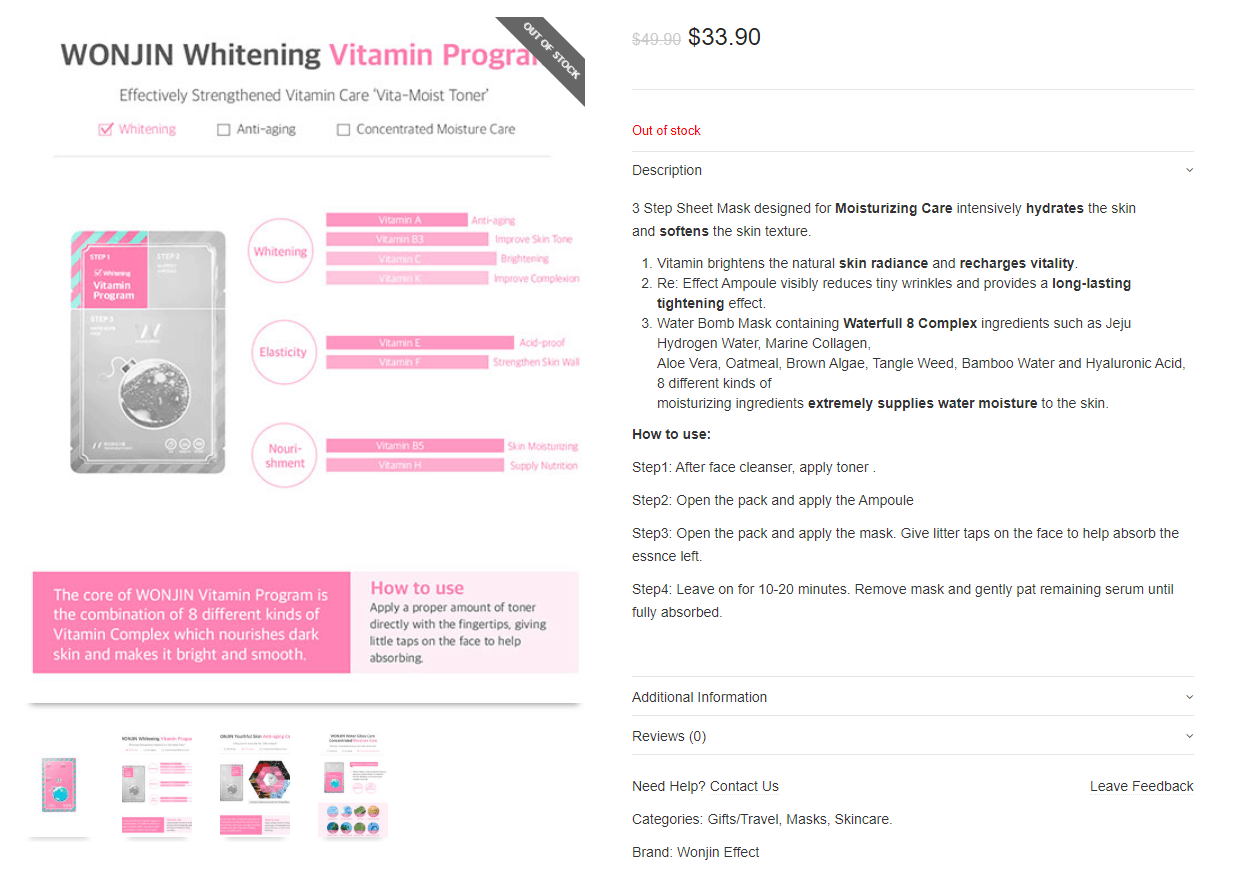When people want to buy something, they often go online to research product details, price comparisons, reviews, and of course where to buy it.
And in today’s digital era, all of this is usually done through a search engine.
According to FleishmanHillard, 89% of people use a search engine to help them make a purchasing decision. Google calls this a “micro-moment”: Users turn to their portable devices to meet their needs; in this case, to buy something.
As an e-commerce business owner, you want to leverage this micro-moment to showcase your products to as many potential customers as possible. To do so means making your e-commerce website more visible on SERPs (and hopefully appear on the first page!).
Here are 10 SEO tips to help get your e-commerce website ranking higher.
But, first! Let’s look at why SEO is critical for e-commerce sites:
Why do you need SEO for your e-commerce business?
Some e-commerce business owners may think that setting up a PPC campaign (pay-per-click ads, e.g. Google shopping ads) is good enough to promote their site. PPC tends to show ROI in a shorter time than SEO, and visibility can be controlled by bidding adjustments.
However, highly competitive keywords may cost a lot to maintain your high ranking.
To have your website consistently appear for your target customers, you need SEO as your long-term strategy. With strong SEO, you can get organic traffic to your website for FREE!
Alright, let’s dive into the 10 SEO tips for your e-commerce site:
E-commerce SEO Tip 1: Secure your site with HTTPs
E-commerce sites tend to collect personal data on its users, such as contact information and even payment details.
It is critical to ensure that all sensitive information is encrypted throughout the transmission. And because security is a top priority, Google has confirmed that HTTPs is a ranking factor.
E-commerce SEO Tip 2: Create a strong site and URL structure
A strong site and URL structure can improve user experience and helps spiderbots crawl your website.
The ideal site structure is shallow and wide. To simplify the user journey and ensure that your most valued pages can leverage the link juice passed from the homepage, the distance between your homepage and your most valued pages should be less than 3 clicks.
You should also apply this logic to your URL structure: Keep it simple and easy to understand by both users and crawlers.
Here is an example of an ideal URL structure:
www.mainpage.com/category/sub-category/product
Take Gucci as an example of an e-commerce website with a strong site and URL structure. It provides a clear picture to both users and web crawlers on how to surf their pages in both the URL and menu structures.
If you are managing a big e-commerce website like Gucci, you can also improve your SEO by making use of internal linking—such as “people also bought”—to shorten the linkage between the homepage and deeper pages.
E-commerce SEO Tip 3: Use breadcrumbs on your website
With a strong site and URL structure, it is highly recommended that you also use breadcrumb navigation to show users their current position in the website hierarchy.
Below is an example of two different websites selling the same product but with two different breadcrumb trails.
The blue example is more comprehensive compared to the red one, as users can navigate back to a higher-level link through the breadcrumb.
This may retain users longer, enticing them to explore more on your site, reducing the bounce rate and hence creating a positive effect on the SERP ranking!
Another reason that breadcrumbs are good for SEO is that a breadcrumb trail, rather than the whole URL, will show on the SERP. This gives users an overview of your site structure and which part they are going to visit before they click into it.
E-commerce SEO Tip 4: Use Structured data markup to bring more attention
Given the limited space on organic search listings, Google is always trying to maximize it by showing additional information that users may want to know.
Schema.org standardized the format of how this additional information is provided to the search engine for it to better understand what your website is about.
By applying schema markup in your html, your search result can show as a rich snippet with additional information, such as ratings, reviews, and pricing.
Although there aren’t definite figures to support that schema markup directly improves ranking, it certainly enriches the organic search listing and makes it more noticeable than others.
E-commerce SEO Tip 5: Optimize your product pages
So how exactly do users search for your product? This should dictate your on-page optimization, which includes your naming conventions and languages.
It is highly recommended to conduct intensive keyword research based on your target market before creating a product page, particularly for cross-border e-commerce business owners to understand exactly how and in what language their products are searched.
For example, say you are selling Estee Lauder eye cream in the Hong Kong market. During your keyword research, you find that the official Chinese name of the product “Estee Lauder升級再生基因修護眼霜” has only a 20 monthly search volume.
However, you can also see that people in HK commonly call the eye cream “小棕瓶” (it means “little brown bottle”) instead. The keywords “小棕瓶” and “Estee lauder 小棕瓶” have a 480 and 140 monthly search volume, respectively.
Therefore, in addition to using the official product name, you should also use “小棕瓶”. This should be included in your H1 tags, product names, in the URL, meta information, and on-page content to ensure relevance to this high search volume keyword in your target market.
E-commerce SEO Tip 6: Avoid duplicate content
If you are a retail e-commerce reseller, DO NOT copy and paste the product specification from the official website nor your competitors. Although Google does not have a penalty for duplicate content, they always aim to show content that they think is valuable to users, and duplicate content is often not of the most value to users.
Most retail e-commerce business owners do not take duplicate content into account as they handle hundreds of new SKUs every day. Hence, writing and optimizing your own unique content will naturally help your website rank higher.
You should also avoid duplicate content on your own products. While some products only minimally differ, for example in size or flavor like in the Ryukakusan example shown below, the product pages may be highly similar.
To solve this, most e-commerce platforms allow sellers to set up variation within the same SKU product page rather than create multiple SKUs (i.e., multiple product pages).
This not only helps avoid duplicate content but also facilitates the purchasing process as users don’t need to navigate to other pages for making simple choices of colour or size, etc.
E-commerce SEO Tip 7: Target long-tail keywords
If you own a small e-commerce business selling retail products, it is nearly impossible to compete with the official website or bigger e-commerce competitors for branded keywords or generic keywords.
Instead, the keyword strategy of your site should be to go for some long tail keywords, which are more specific and better highlight user need and intent.
For example, if you’re a camera seller, you can target long-tail keywords like “Canon 相機推薦” (Canon camera recommendations) or “Canon 相機入門” ( Canon camera for beginners), which are less competitive than the solely branded keyword “Canon 相機”.
You can also get inspiration from the “related search” and “people also ask” sections while doing long-tail keyword research. One brilliant way to improve your site ranking is to provide answers to the questions that appear in the “people also ask” section.
E-commerce SEO Tip 8: Put in seasonal content to make it trendy
Search volume varies with time. Just like how people search the song “Last Christmas” generally only around Christmas, there are likely seasonal keywords (i.e. keywords with a high search volume at a specific period) that you too can include on your product pages.
Here is an example of related keywords for a makeup foundation. The search volume trend for the keyword “moisturizing foundation” and “waterproof foundation” are totally opposite across the whole year.
To improve the SEO for this product page and rank for both keywords at their search volume peak, the product description could be optimized by emphasizing its water-proof function in summer while focusing on its moisturizing power in winter.
This trick can also be applied to sports equipment for watersports, skiing, camping, etc.
E-commerce SEO Tip 9: Optimize product images
Creative product images and infographics contribute to the UX of e-commerce websites. However, because search engines can’t literally see the images, they all look the same to the crawler if you don’t optimize them properly.
Image SEO provide aids to crawlers to understand the images on your site and rank your pages on the image search result.
Take the below product page of a 3-in-1 mask as an example. There are 4 images, including 1 product image and 3 infographics introducing the function of each step of the mask.
Here are some actions you can take to optimize the images:
- Give each image a proper name, like “Wonjin 3-Step Sheet Mask Step 1.jpg” instead of “image002.jpg” to help the crawler distinguish them from one to another.
- Add alternative text to describe the image. The description should be precise and include 1-2 keywords. In this case, “Wonjin 3-Step Sheet Mask Step 1 contains vita-moist toner that strengthens vitamin care” could be the alt text for the image.
- Do not use just infographics! Make sure you include all content also in text format, so that the crawler can read it on a webpage.
- Resize the images to a uniform dimension for a better user experience and adjust the file size to reduce the image loading time.
E-commerce SEO Tip 10: Manage product reviews
A recent customer review survey showed that 88% of customers determine the quality of a business by their online reviews. The high search volume of “product name + review” is also a strong indication that reviews are valuable SEO tools for your e-commerce business.
In fact, Google has stated that review signals (e.g. review quantity and diversity) are a local search ranking factor in their ranking algorithm.
Although reviews are purely user-generated, there are actions you can do to use them to improve your SEO. For example, you can encourage buyers to leave reviews by providing a discount voucher and reply to reviews with long-tail keywords.
With the implementation of structured data markup, positive reviews, and the high star ratings can then appear on the rich snippet in the organic search listing, giving a positive impression to users!
***
These 10 SEO tips are just the tip of the iceberg that you can do to optimize your e-commerce website. Doing SEO in e-commerce is not just for ranking: You are also adding value to your website in terms of UX, branding, and marketing, which helps your business grow in the long term.


